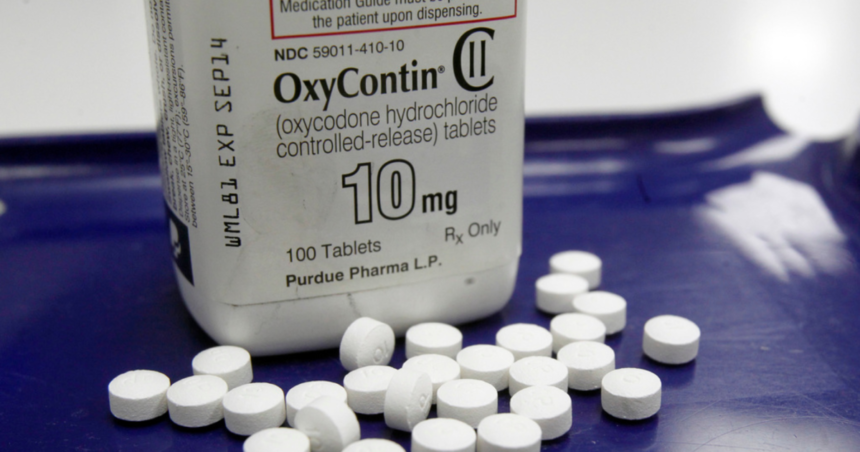More than $55.2 billion has been awarded in opioid settlements nationwide, according to opioidsettlementtracker.com. But Gina DeMaria doesn’t think she’ll see any of it.
“I think the money’s being wasted,” DeMaria said.
She lost her son, Anthony, in 2014. He battled addiction for two years, after he was prescribed OxyContin following a motocross accident.
“As a teenager, he didn’t have a whole lot of money,” DeMaria said. “So, he became addicted to heroin and he passed away from an overdose.”
A year later, DeMaria launched a nonprofit called Anthony’s Way. It focuses on evidence-based harm-reduction efforts, like distributing Narcan and fentanyl test strips throughout York County, Pennsylvania. When DeMaria learned she could apply for grant money from the settlements last summer, she was thrilled — until she was denied.
“These grants are not guaranteed money and, for lack of better word, we’re really the boots on the ground — especially in harm reduction. So, you know, money that could have helped us,” DeMaria said.
DeMaria said the York County Opioid Advisory Board denied her application because officials didn’t want to fund jobs that already existed.
Medicine
Walgreens launches a cheaper, generic version of over-the-counter Narcan
3:33 PM, May 15, 2024
But she said she noticed it approved grants for other requests — like for non-evidence-based equine treatment — and she worries that the settlement money isn’t used effectively. Scripps News reached out to the board for comment, but we did not hear back.
“The skepticism and cynicism I felt at the outset of this process has been slowly thawed, and then perhaps refrozen, thawed and refrozen,” Christine Minhee said.
Christine Minhee created the Opioid Settlement Tracker in 2019. She points out that guardrails are in place to prevent misuse of the settlement money, especially after the mistakes that were made with the tobacco settlements of the 1990s.
“The settlement agreements merely state that these advisory committees have to have an equal number of state and local representatives,” Minhee said. “The settlement agreements don’t get into whether or not folks with lived experience actually have to sit at those tables.”
There are other limits to the settlement money, too.
“After spreading the payments out over 18 years and to all of the participating jurisdictions, it may not actually be as much money as it seems,” said Sara Whaley, a senior practice associate at the Johns Hopkins Bloomberg School of Public Health.
Two years into the settlements, not all jurisdictions have been forthcoming about how the money is being spent. DeMaria is hoping for more transparency in the future.
“Put it in the community, where it belongs,” DeMaria said.





